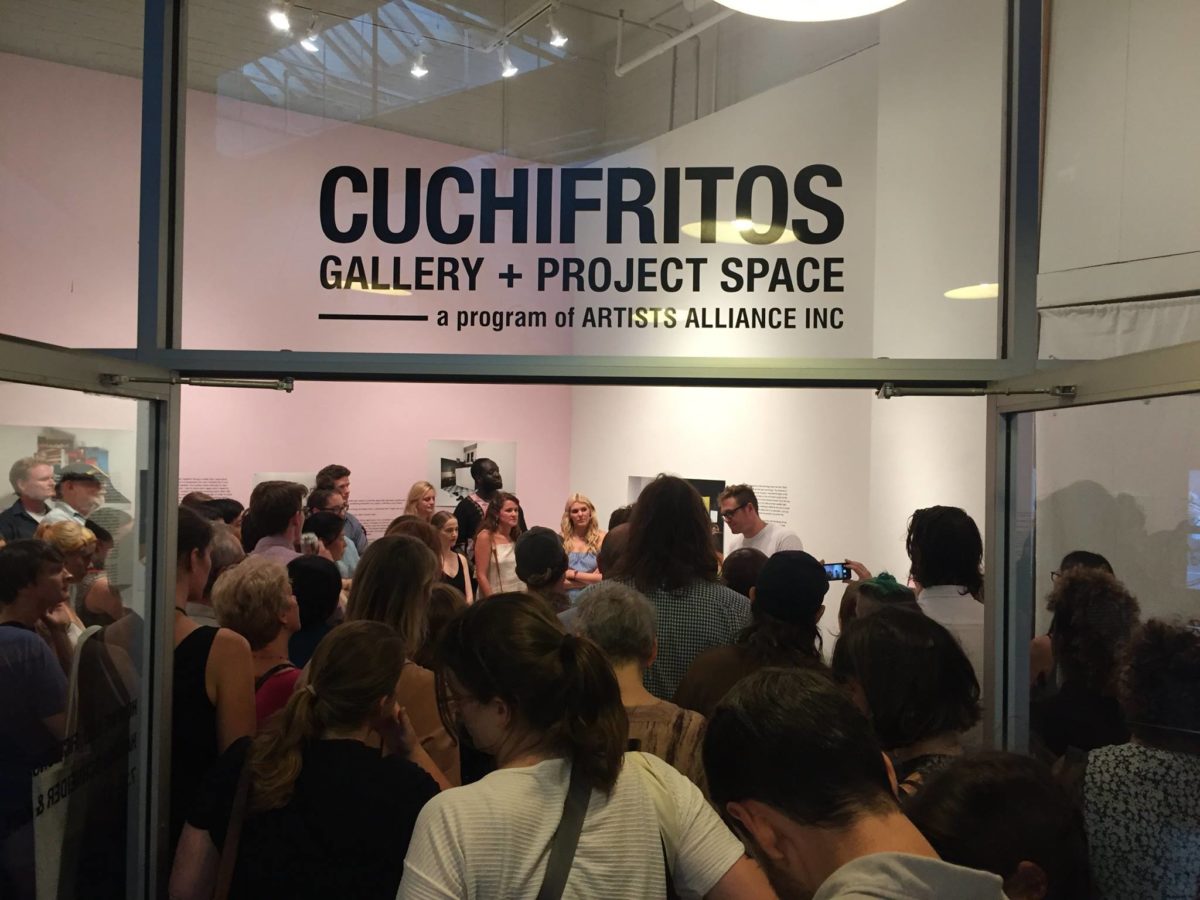Art World
Art Demystified: What Is the Role of Non-Profits in the Art World?
Can non-profits thrive in the profit-drive art world?
Can non-profits thrive in the profit-drive art world?
Henri Neuendorf

Between commercial galleries, museums, and auction houses lies the arts non-profit. But in the profit-driven contemporary art world, what role does the arts non-profit play?
Although every arts non-profit pursues different organizational goals, broadly speaking, non-profits fill the gaps left by the commercial and public sector to advocate issues such as art education, art activism, and promotion of unrepresented artists.01
Many non-profits such as New York’s White Columns start as artist-run exhibition spaces that grow into fully-fledged arts organizations with dedicated programs. Others such as the Los Angeles-based non-profit Art + Practice are formed to address social issues and to provide education to foster children and kids from low-income families in neighborhoods where arts education may be inaccessible.

The Chuchifritos Gallery + Project Space operated by Artists Alliance is a popular venue on New York’s Lower East Side. Photo: Chuchifritos Gallery + Project Space via Facebook.
According to Jodi Waynberg, director of Artists Alliance, a New York-based non-profit focused on community outreach and promoting unrepresented artists, the absence of commercial pressures allows non-profits be much more responsive to the needs of the arts community as well as the community at large.
In a telephone interview with artnet News, Waynberg explained, “We’re able to dedicate resources to non-object based work, and projects that are more socially engaged or community engaged that don’t necessarily have a tangible result but are much more relationship oriented or idea oriented.”
Indeed Artists Alliance—which is primarily funded by governmental bodies—operates a gallery inside Essex Street Market on New York’s Lower East Side. Far from being a gimmick, running a gallery between vegetable stands and a butchers shop is a deliberate strategy to expose a section of the population to the arts that may not normally visit galleries or museums; at the same time it’s also a platform for emerging and unrepresented artists.

Los Angeles-based non-profit Art + Practice was started by artist Mark Bradford, activist Allan di Castro, and collector Eileen Harris. Photo: Art + Practice via Facebook.
Waynberg explained, “One of the most important factors within arts non-profits is that we really do have an obligation and a responsibility to provide insight and light in dark corners across the art world and for the communities in which we operate.”
But is there still room for non-profits in an increasingly profit-driven art world? Waynberg certainly thinks so. “Because there’s such an increase in market-driven decision making…this is a really important moment for non-profits, and it’s a really significant opportunity,” she said. I know there is a lot of lamenting about the drive towards market-based decision making…but it really has created this incredible blank space for arts non-profits to take a greater position within the contemporary art world.”